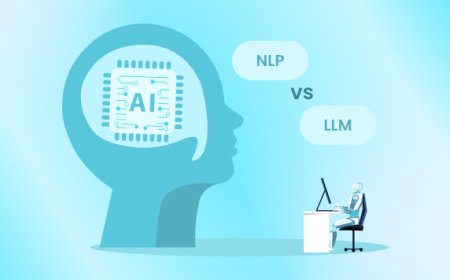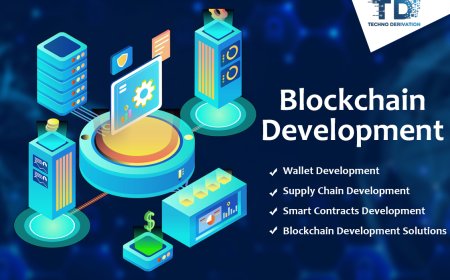Generative Procurement Networks That Learn Supply Behavior

Introduction
The increasingly volatile state of the global supply chain is putting pressures on traditional procurement models. A static supplier list, governed by contract restrictions and reactive decision-making, often exposes organizations to substantial risk: delay, scarcity, and cost increase. The next chapter? Generative Procurement Networks An environment powered by Artificial Intelligence (AI) that continuously learns, adapts, and optimizes itself according to real-time supply behavior.
It's not only automation; it's a way of making procurement a smart, responsive ecosystem that learns with every transaction, interaction, and disruption.
What Are Generative Procurement Networks?
Generative procurement networks employ advanced machine learning techniques and generative AI to model operations of supply chains, predict supplier performances, and simulate a range of sourcing strategies. Allowing control mechanisms to apply to fixed rules that operate within traditional procurement models, generative systems reveal learned patterns, anomalous behaviors, and propose alternate sourcing decisions under varying conditions.
Bridging internal procurement data, external market developments, and supplier behaviors, these systems generate flexible procurement pathways. Whether it is recommending an alternate vendor, modifying contract terms, or alerting to likely delays, the network operates like a living brain that augments smarter and faster decisions.
Why Learning Supply Behavior Is Critical
Supply behavior is defined as anything that involves not simply delivery time or price changes; it encompasses:
-
Supplier capabilities to adapt frequently
-
Openness in communication when needed most
-
Fulfillment without fail
-
Acting sticking to the terms of the contract
-
Potential risk at times of stress
How supply behavior relates to price has always been recorded by conventional procurement systems; however, they quite seldom use this knowledge to learn. This is the forte of generative procurement networks. They spot the existence of very subtle behavioral trends from the vendors and suppliers and propose interventions that optimize for both performance and resilience.
Envision a smart system that not only alerts about potential underperformance of a vendor but is also able to trace a pattern of such behavior in the past and suggest an alternate vendor, while being able to predict with high confidence the exact time frame for fulfillment. Such is the level of intelligence needed by modern businesses.
The Role of Procurement Software
None of this is possible without supporting technology. The backbone to support such learning networks is modern procurement software integrated with generative AI capabilities. By centralizing supplier data, contract terms, and transactional history, procurement platforms create the data-rich environment needed for AI to learn effectively.
Latest design principles extend beyond the traditional approaches to include reprioritizing insights on real-time spending, adaptable sourcing strategies, and AI-generated recommendations to keep procurement nimble even in an extraordinary state of uncertainty.
The integration across finance, inventory, and production systems enables the procurement to operate, not in a silo but rather as a strategic partner directly contributing to cost savings, operational continuity, and long-term growth.
Building Trust in an Intelligent System
Embedding generative procurement networks in organizational structures does not mean an absence of human oversight. On the contrary, such systems elevate procurement professionals role by freeing them of repetitive tasks and assuring they initiate great decision-making through area-specific insights on risk management, negotiation, and supplier engagement.
Transparency, explain ability, and control will always remain important considerations. The teams need to understand why the AI system came up with a specific suggestion, and that information feeds back into the design of the system, allowing for audit trails and feedback mechanisms and an easy way to override machine-based suggestions. The greater the stakeholder share in the development and functioning of the technology, the greater the outcome on trust.
Final Thoughts
Generative procurement networks are redefining modern supply chain management. Harnessing intelligent systems that learn and adapt to supply behavior enables organizations to build procurement functions that respond faster and are more resilient and cost-effective.
The journey starts with an appropriate procurement system going beyond being a tool to evolve into a partner for strategic decisions. In times of rapid changes, procurement requires not only a process, but perception, prediction, and precision.










































